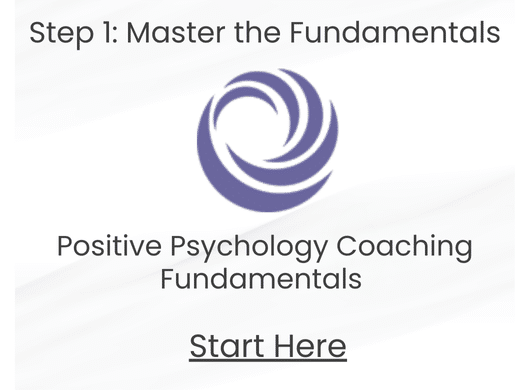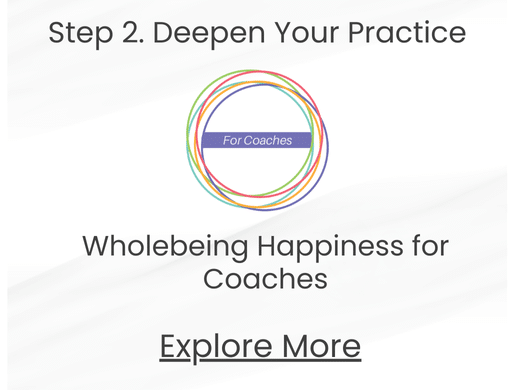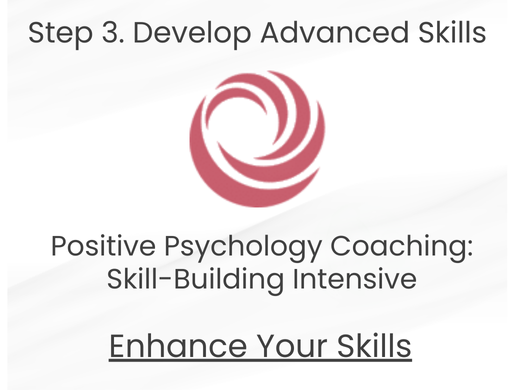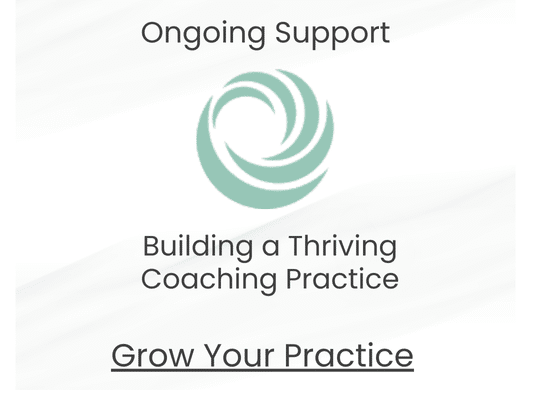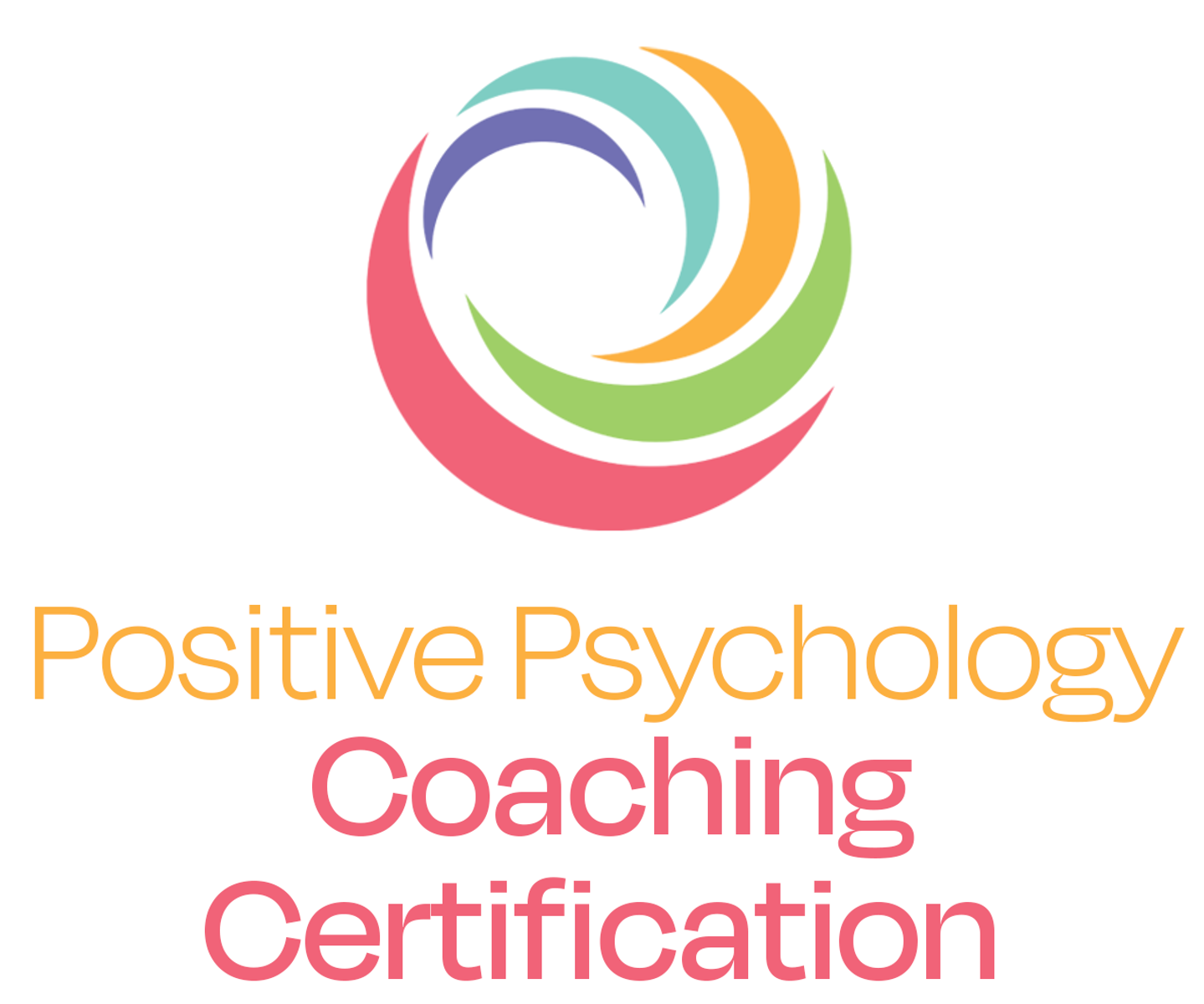Happiness is an emotion that creates changes not just in the mind but also in the body. In this interview segment, Megan McDonough, CEO of Wholebeing Institute, is joined by Barbara Fredrickson, Director of the PEP Lab at the University of North Carolina, Chapel Hill, to discuss the biological and physical cues of happiness.
Positive emotions are embodied and change the way you hold yourself, the way you move through space, and your facial expressions. These emotions also have the ability to create biological changes within your body, including variations in cardiac vagal tone and the circulation of oxytocin. It is easier to note these changes when we are attuned to our environment and body, rather than the mind and intellect.
You can watch more interviews with leading positive psychology experts here or learn more about creating wholebeing happiness here.
Transcript
MM: You’re speaking at the Embodied Positive Psychology Summit up at Kripalu, and one of the things that we’re trying to get across is that it’s not just an intellectual endeavor, this sense of happiness. So what are some of the biological cues we might be aware of as an individual? If someone was listening to this and saying, “All right, how do I recognize my own happiness?”
BF: Right, right, well there’s one piece that I think is fascinating. I did some work a number of years ago teaming up with kinesiologists, and we induced emotions in people by having people relive a positive memory, or, you know, either a joyful one, or a kind of relaxed, content, serene one, or sadness, or anger, or a neutral state. And we had them walk across a large room while they’re feeling these different emotional states. What we found was that when people said, “Yeah, I really felt that emotion” and when we looked at their kinematics—the way they were moving—there was broadening of the torso. So this idea that positive emotions broaden is not just an awareness phenomena but it’s a comportment phenomena as well, so that’s one way positive emotions are embodied: They change the way we move through space and we can pick this up in others from a distance, too, so we can … it’s one of the ways we are kind of cued in to whether this is a safe person to approach or an interesting person to approach is the way they’re moving, and certainly facial expressions are part of that, too. There are other aspects that seem to … biological underpinnings of positive emotions that we’ve studied in our lab are things like the cardiac vagal tone, which seems to support the experience of positive emotions, especially in social connection. People’s circulating oxytocin seems to especially promote positive emotions in social connection, and so they’re just different physiologies that go along with feeling connected and attuned and positive vs. feeling kind of like, “I need to protect myself” or, you know, and those [physiologies] are each different from neutral. So we have these many modes of experience, and there are ways that [we] ourselves are getting the message about what we’re feeling most frequently.

